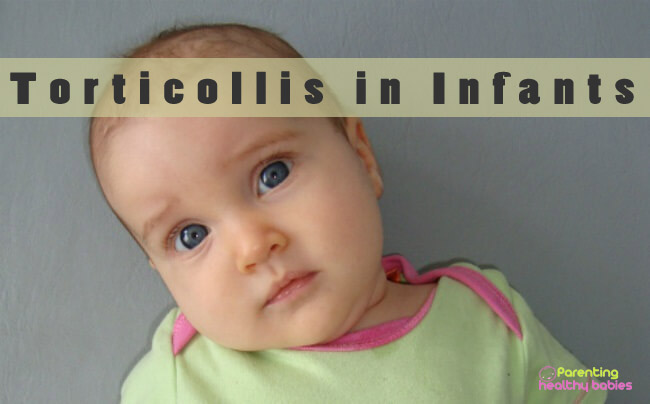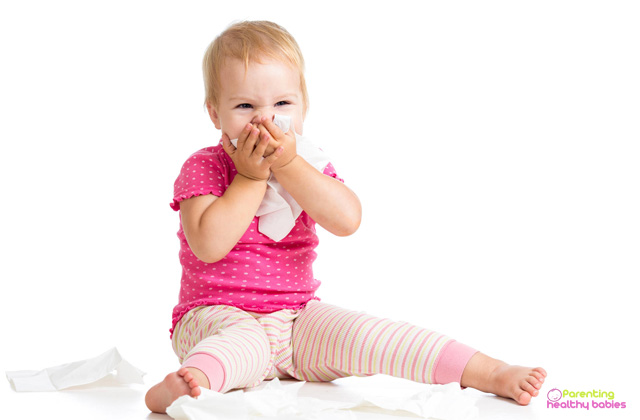Molluscum contagiosum is a viral skin disease that causes small pink or skin coloured bumps (called mollusca) or mild skin rash on the child’s skin. The bumps are usually smooth and have shiny or pearly-looking appearance and may have an indented center. It is not harmful and usually does not have any other symptoms. The virus is present inside the bumps and is mildly contagious. These bumps usually clear over time. Children can get this by skin to skin contact with a person has it. The problem is found worldwide but is more common in hot and humid environments.
Read More:11 Tips For Taking Care Of Your Kids Skin
The most important thing is to know is that for most children, the bumps is no big deal and goes away on its own over time. Infection is most common among children between 1 and 12 years old.
In this article:
Causes of Molluscum Contagiosum in Children
Symptoms of Molluscum Contagiosum in Children
Diagnosis of Molluscum Contagiosum in Children
Treatment for Molluscum Contagiosum in Children
Complications of Molluscum Contagiosum in Children
Prevention Tips for Molluscum Contagiosum in Children
A Guide for Molluscum Contagiosum in Children
Causes of Molluscum Contagiosum in Children
It is caused by the molluscum contagiosum virus (MCV) member of the poxvirus family. It is very common in children and adolescents. This virus thrives in warm, humid climates and in areas where people live in close quarters.
Infection with MCV happens when the virus enters a small break in the skin’s surface. Many people who come in contact with the virus have immunity against and do not develop any growths.
Children can get this in a few different ways. It spreads easily and most commonly through direct skin to skin contact but children can get it by touching objects that have the virus on them such as toys, clothes, towels and bleeding.
Once someone has this, it can spread from one part of the body to another by scratching or rubbing the bumps and then touching another part of the body.
Read More:11 Benefits of Olive Oil for Baby Skin
Symptoms of Molluscum Contagiosum in Children
The bumps are small and are usually pink or skin-coloured. Eventually, the bumps tend to have a small sunken center and can show up alone or in clusters. They are not harmful but they may make the child feel self-conscious if they appear on the face or other visible areas.
Each molluscum starts with a very small spot about the size of a pinhead and grows over several weeks into a larger bump that might become as large as a pea. A tiny dimple (indentation) often develops on each molluscum on the top.
The mollusca is found almost anywhere on the skin but in children are most commonly found on the chest, stomach, arms (including the armpits), legs, groin, genital area and face. These are usually painless but can become itchy, red, swollen, sore and infected especially if scratched.
Read More:11 Common Skin Problems in Children
Diagnosis of Molluscum Contagiosum in Children
The bumps are unique and are usually diagnosed on physical examination. The doctor will take the child’s health history. Additional tests are not routinely done.
Treatment for Molluscum Contagiosum in Children
Treatment depends on the child’s symptoms, age and general health. It also depends on how severe the condition is.
In most cases, the bumps will heal without any treatment over a period of 6 to 12 months. Also, the virus can last upto 4 years and leave scars. Additional treatment choices are –
- Remove bumps by freezing them (cryotherapy) or scraping them off with a sharp instrument (curettage).
- Remove the contagious center by squeezing the bumps with a scalpel or tweezers.
- Apply a chemical agent or cream such as salicylic acid and tretinoin.
- Use medicine like cimetidine.
Although these treatments can sometimes help the disease resolve more quickly, but many doctors do not use them on children because they can be painful and burn, blister, discolour or scar the skin.
To get the best start the treatment early because there are usually only a few growths. The doctor will talk about the advantages and disadvantages of the treatment and help to decide whether treatment is necessary. Make sure to talk with the doctor for child’s safety before trying any home remedies and alternative treatments.
Read More:Contact Dermatitis in Babies: Symptoms, Causes and Treatment
Complications of Molluscum Contagiosum in Children
It generally causes no long term problems and the growths usually leave no marks. However,treatments might scar the skin and develop a secondary infection, which can be treated with antibiotics.
Children with weakened immune systems can sometimes get a more serious form of molluscum contagiosum. They typically have more mollusca on the face. The growths are larger, look different and usually more difficult to treat. The doctor will prescribe medicines that will help strengthen the immune system.
Prevention Tips for Molluscum Contagiosum in Children
The virus inside the bump is only mildly contagious. It can spread to other children who directly touch the bumps. The best to prevent is avoid contact with the bumps. Following are the prevention –
- Do not touch, scratch or rub growths
- Wash hands often with soap and water
- Keep areas with growths clean
- Try to cover each growth with clothing or a watertight bandage especially before participating in activities in which equipment is shared or skin contact can occur like swimming or wrestling
- Change each bandage daily or when it is dirty
- Do not shave or trim over areas that have bumps
- Moisturize the skin if dry
The virus will gradually disappear on its own. But it can take months or even years for the bumps to completely heal. During this time it is important that the child does not scratch the bumps. Scratching them causes the virus to spread and draws out the time it takes for them to heal. Don’t limit a child’s activities, school, child care, sports or swimming in public pools. But it is important to cover the bumps with a waterproof bandage during contact sports such as wrestling to prevent and avoid passing the virus to another person. Also, help the child to follow good personal hygiene, especially washing their hands often.
Conclusion
Molluscum contagiosum is a skin infection caused by a virus. There is appearance of bumps or rashes on skin. It can be treated with doctor’s help. Make sure to prevent it.
References
https://www.cedars-sinai.org/health-library/diseases-and-conditions—pediatrics/m/molluscum-contagiosum-in-children.html
https://kidshealth.org/en/parents/molluscum-contagiosum.html













